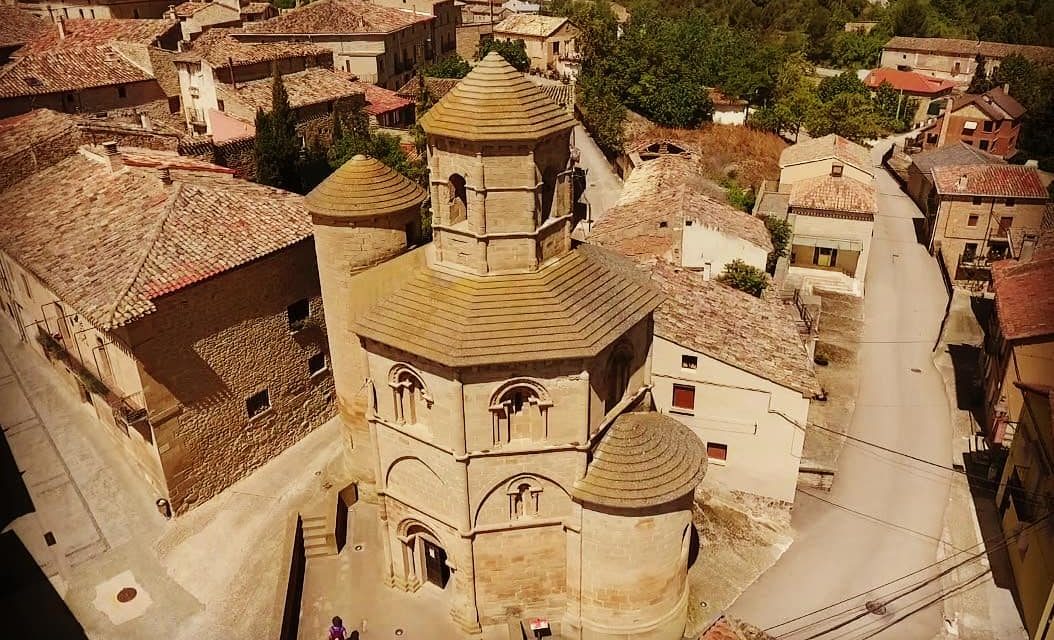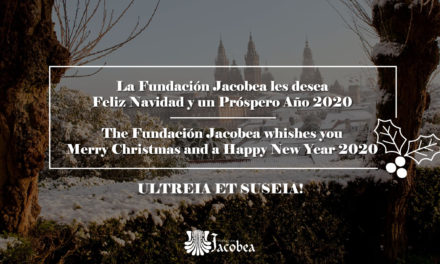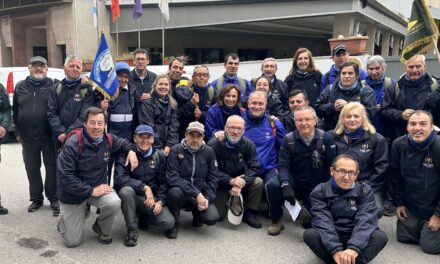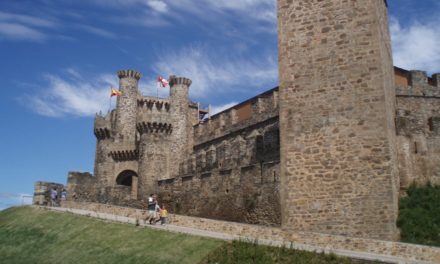Torres del Río is a small village of fewer than 200 inhabitants, one of those tiny settlements that are full of history and closely linked to the pilgrimage to Compostela. In this case it also is internationally known for its majestic church of the Holy Sepulchre.
The village is located in the western part of Navarre, about 70 kilometers from Pamplona, in the region known as Tierra de Estella. To be better understood by pilgrims, be reminded that the villa is located midway between Los Arcos and Viana, dominating a high hill with Sansol.
The village suffered several Muslim invasions, being finally reconquered and Christianized after Monjardín was taken. Around the year 1100 there was already a small monastery that was donated to Irache monastery to which it belonged for an unknown period because few historical data on the town have come down to us until 1341, the year when we know that it was delivered over to the custody of the King. During the disputes between Aragon and Castile in the fifteenth century, it ended up being annexed to Castile to which it belonged from 1463-1753.
Like Los Arcos, Torres del Río is irregularly shaped, due to the peculiarity of its location on the slopes of a hill. The heart of the village is the square Father Valeriano Ordoñez, from which lead off all the main streets. Dominating the village is the parish church of San Andrés, which stands impressively at the top of the village.
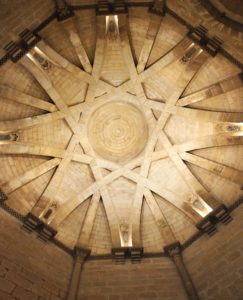
However, the jewel of Torres del Río is the church of the Holy Sepulchre, one of the largest examples of the twelfth century Romanesque Navarro style. It is an octagonal church built in the manner of the Holy Sepulchre of Jerusalem, an architectural design used by many chivalric orders, such as the Knights Templar or the Order of the Holy Sepulchre. Even today people still argue about its origin and whether it really belongs to the Order of the Holy Sepulchre or, rather, to the nearby Monastery of Irache.
We especially recommend the pilgrim to visit the interior of the church, since one of the most remarkable elements of its extraordinary architecture is the interior of its vault. It is a ribbed vault very close to the Hispano-Muslim domes, since on its surface eight arches intersect forming a star and giving rise to a central octagon with a circle of laceries inscribed on it.
Photo: We have taken these images of the Commons Wikipedia project, its author is Davidh820.

